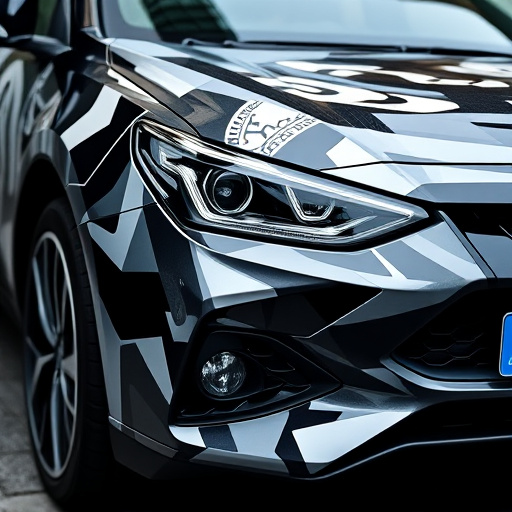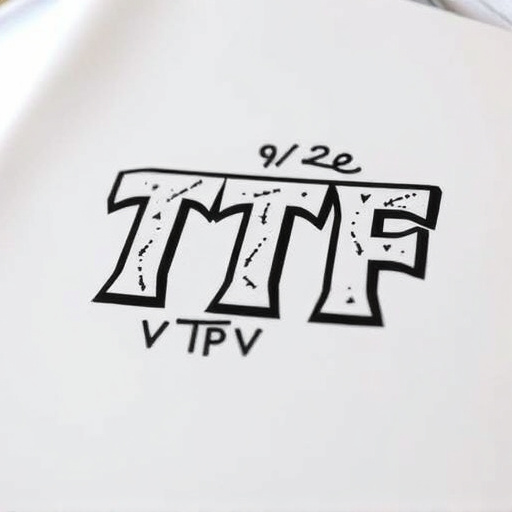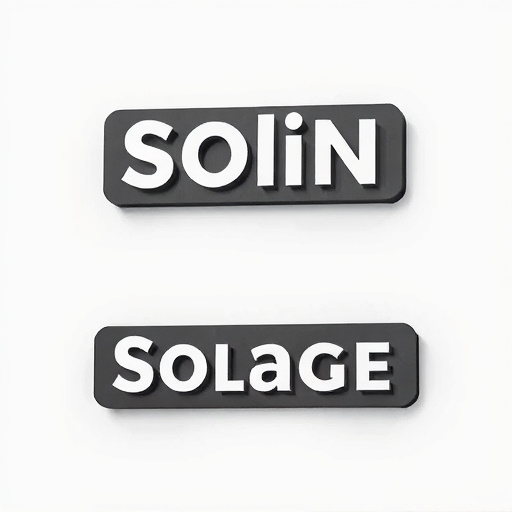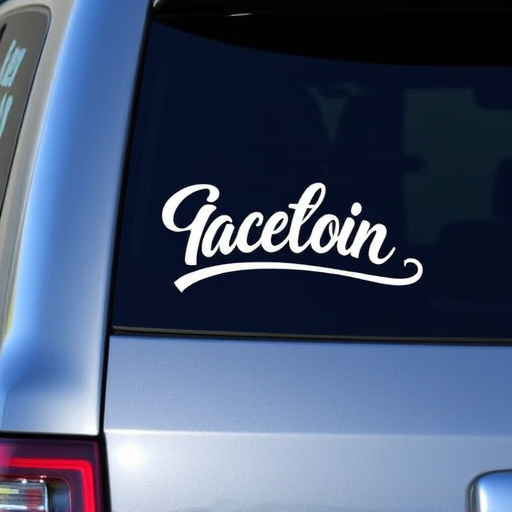Before creating a logo, thoroughly understand the client's vision through conversations about their business, target audience, brand values, and desired aesthetics. Sketch and ideate to develop concepts, adapting styles for diverse clients. Present designs professionally with structured explanations, high-quality visual aids, and dynamic elements like animations. Focus on showcasing craftsmanship while engaging the audience with complex ideas digestibly.
Unleash your creativity and master the art of presenting logo design concepts professionally. In this guide, we’ll take you through a structured approach to ensure client satisfaction. From understanding their unique vision to sketching out initial ideas and, finally, presenting them with confidence, each step is crucial. We’ll explore effective techniques for conveying your design process and fostering collaboration, making your logo creation a resounding success.
Understanding Your Client's Vision

Before diving into the creative process of logo design creation, it’s paramount to forge a clear understanding of your client’s vision. This involves engaging in open and insightful conversations about their business, target audience, brand values, and desired aesthetic. Ask probing questions about their industry, competitors, and any specific elements they’d like to see incorporated into the final design. By doing so, you’ll not only align your creative direction with their expectations but also set the stage for a collaborative and successful project outcome.
Consider the diverse applications of the logo, from digital platforms like websites and social media to physical items such as business cards, promotional materials, and even custom vehicle wraps or window tinting. Understanding these various contexts will help you design a logo that is versatile, scalable, and impactful across all mediums. This holistic approach ensures that your client’s brand identity is effectively communicated, leaving a lasting impression in the minds of their target audience.
Sketching and Ideation Process

The sketching and ideation process is a crucial step in logo design creation. It’s where your creativity comes to life on paper (or digital canvas). Before diving into intricate details, start with rough sketches to capture initial ideas and concepts. This allows for quick experimentation with various shapes, colors, and layouts. Think of it as the foundation of your artistic journey; each stroke and line is a building block for what’s to come.
During this phase, explore different approaches, especially when catering to diverse clients like those seeking premium automotive services or in need of custom vehicle wraps and custom graphics. Each project has unique requirements, and sketching enables you to adapt your design style accordingly. It’s not just about aesthetics; it involves understanding the brand’s essence and translating that into visual elements that resonate with the target audience.
Presenting Concepts Effectively

Presenting your logo design creation concepts professionally involves a strategic approach that goes beyond just showing visual elements. Begin by structuring your presentation in a logical flow, guiding viewers through each stage of the creative process. Utilise a narrative arc, starting with the initial brief and ending with the final concept, explaining the thought process behind every decision. This storytelling method not only provides context but also engages your audience, making complex ideas more digestible.
Visual aids are paramount, ensuring high-quality finishes and clarity in your designs. Incorporate detailed mockups that showcase how the logo will appear in various applications, from digital formats to printed materials. Consider adding dynamic elements like animations or interactive prototypes for a modern twist. Remember, your presentation should not only display the final product but also highlight the craftsmanship behind it, much like a ceramic window tinting expert showcasing their precision through intricate designs.
In the realm of logo design creation, a professional presentation is key to securing client approval. By thoroughly understanding your client’s vision, employing a structured sketching and ideation process, and presenting concepts with clarity and creativity, you can effectively communicate your design choices. These steps ensure that your work not only meets but exceeds expectations, fostering a collaborative environment and leading to a successful partnership.














